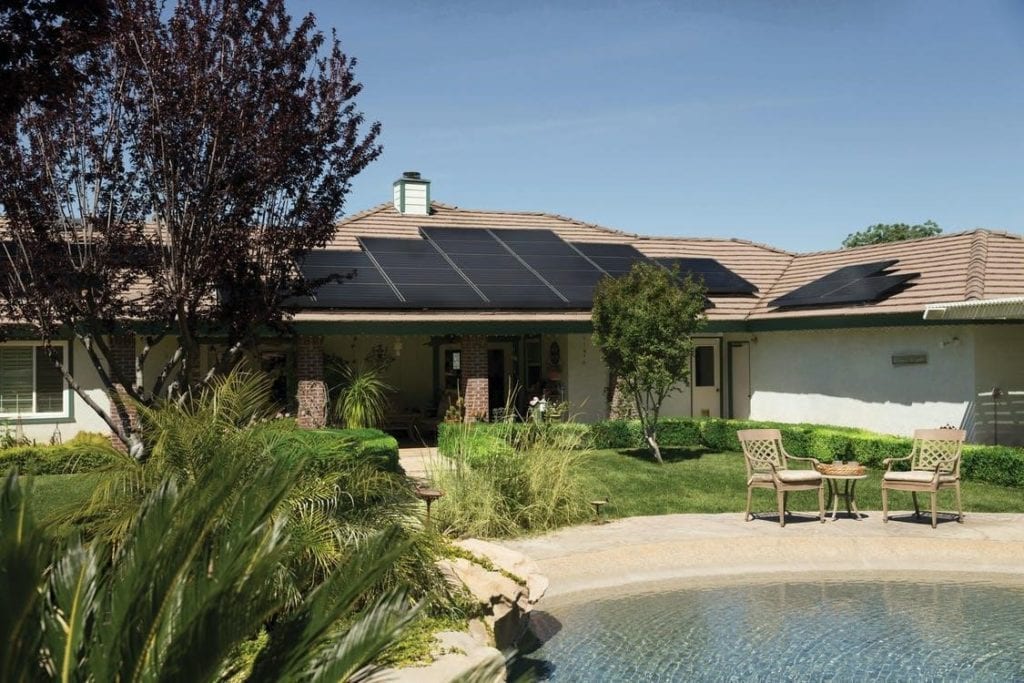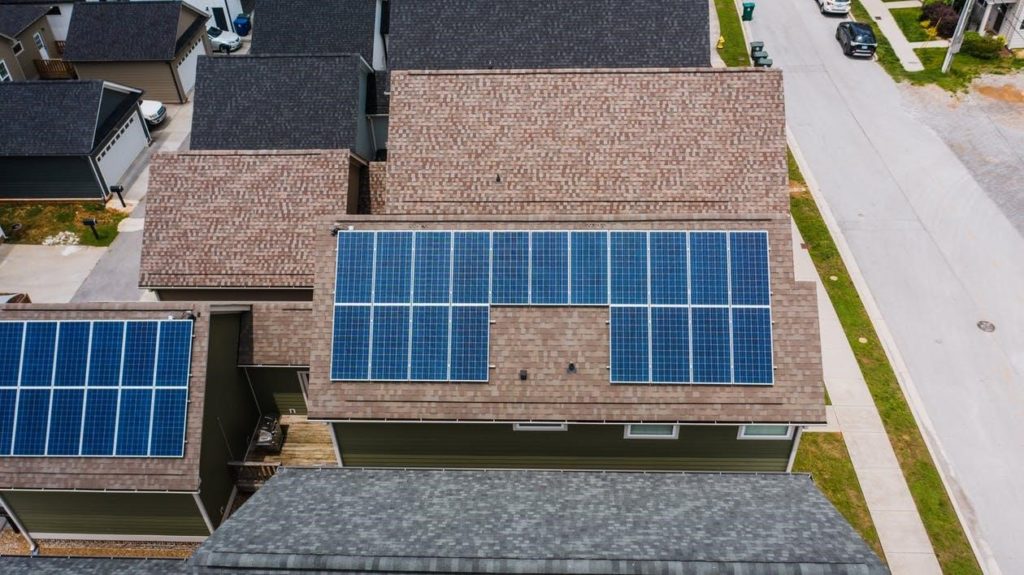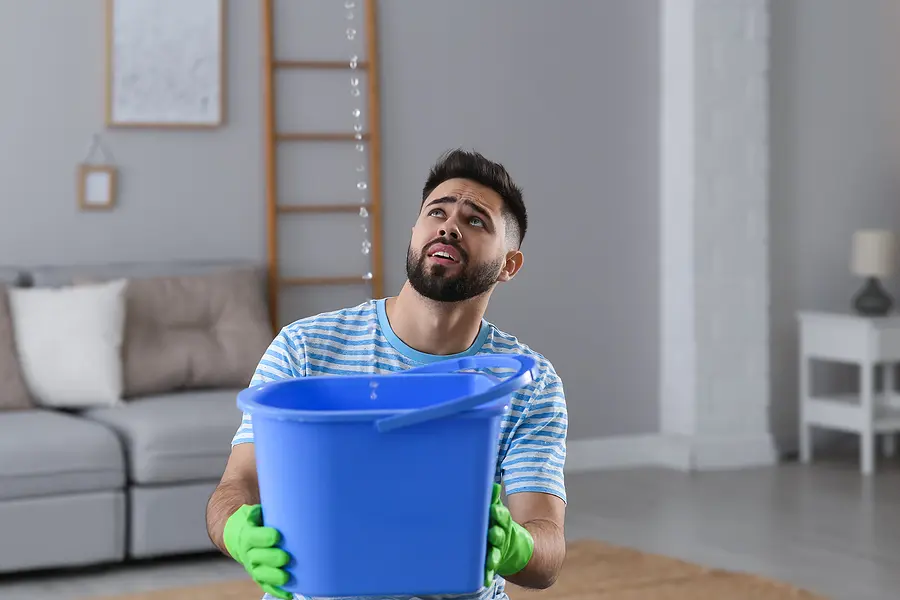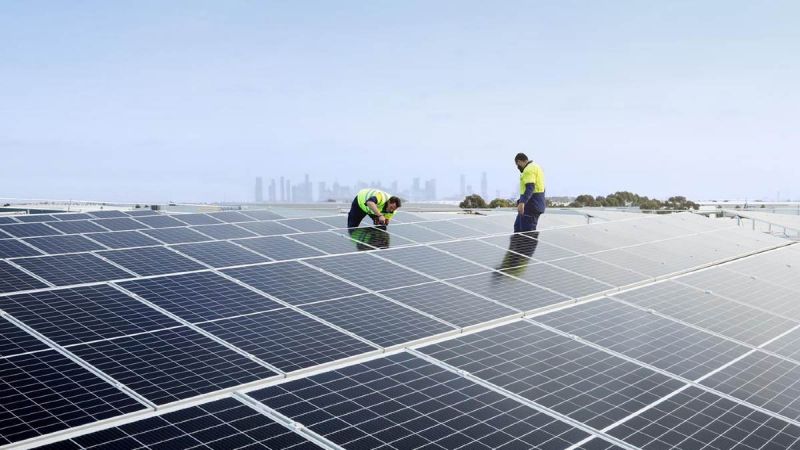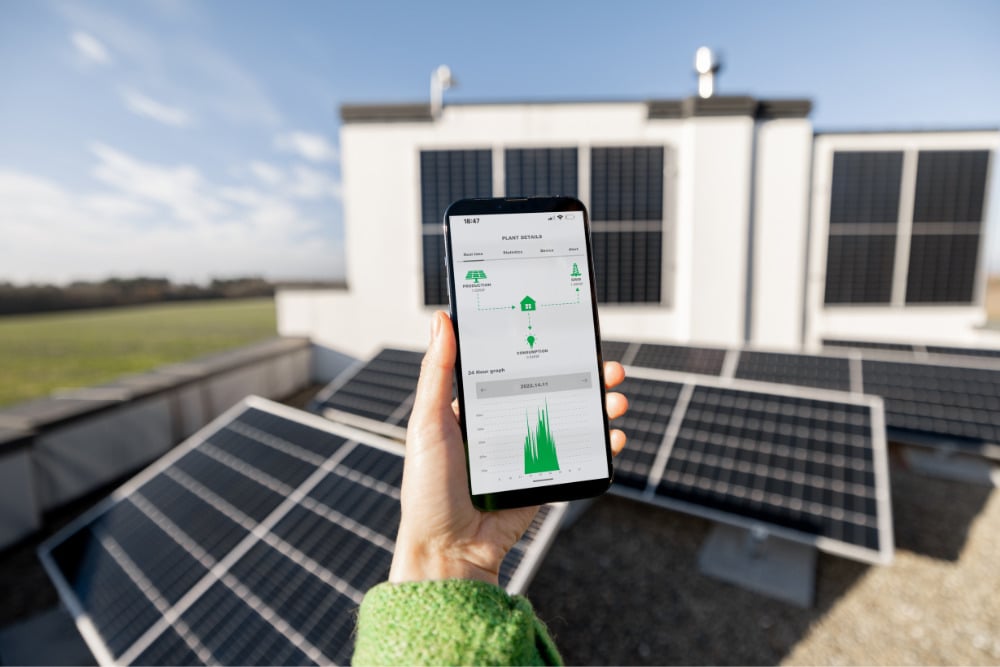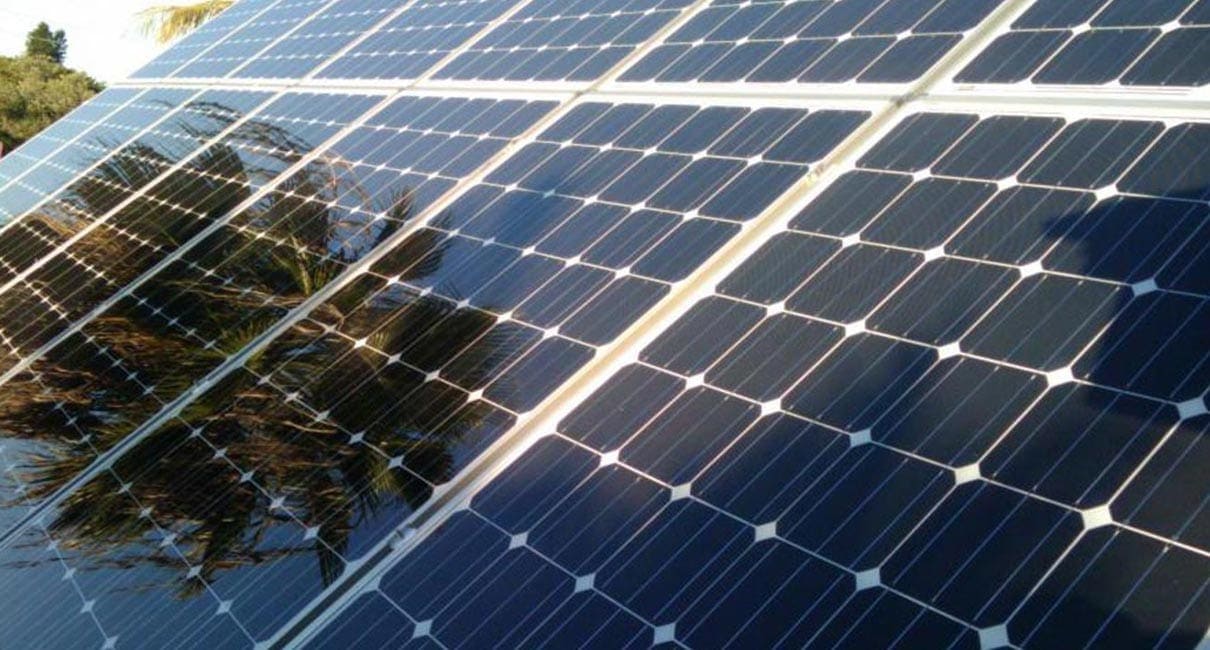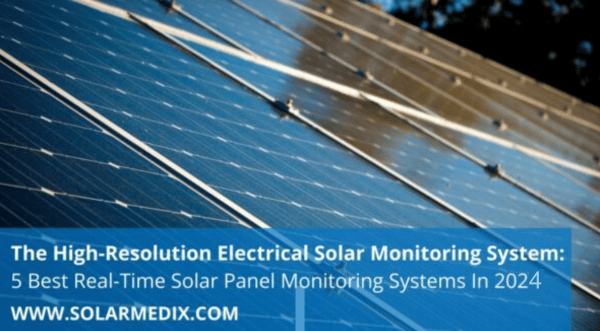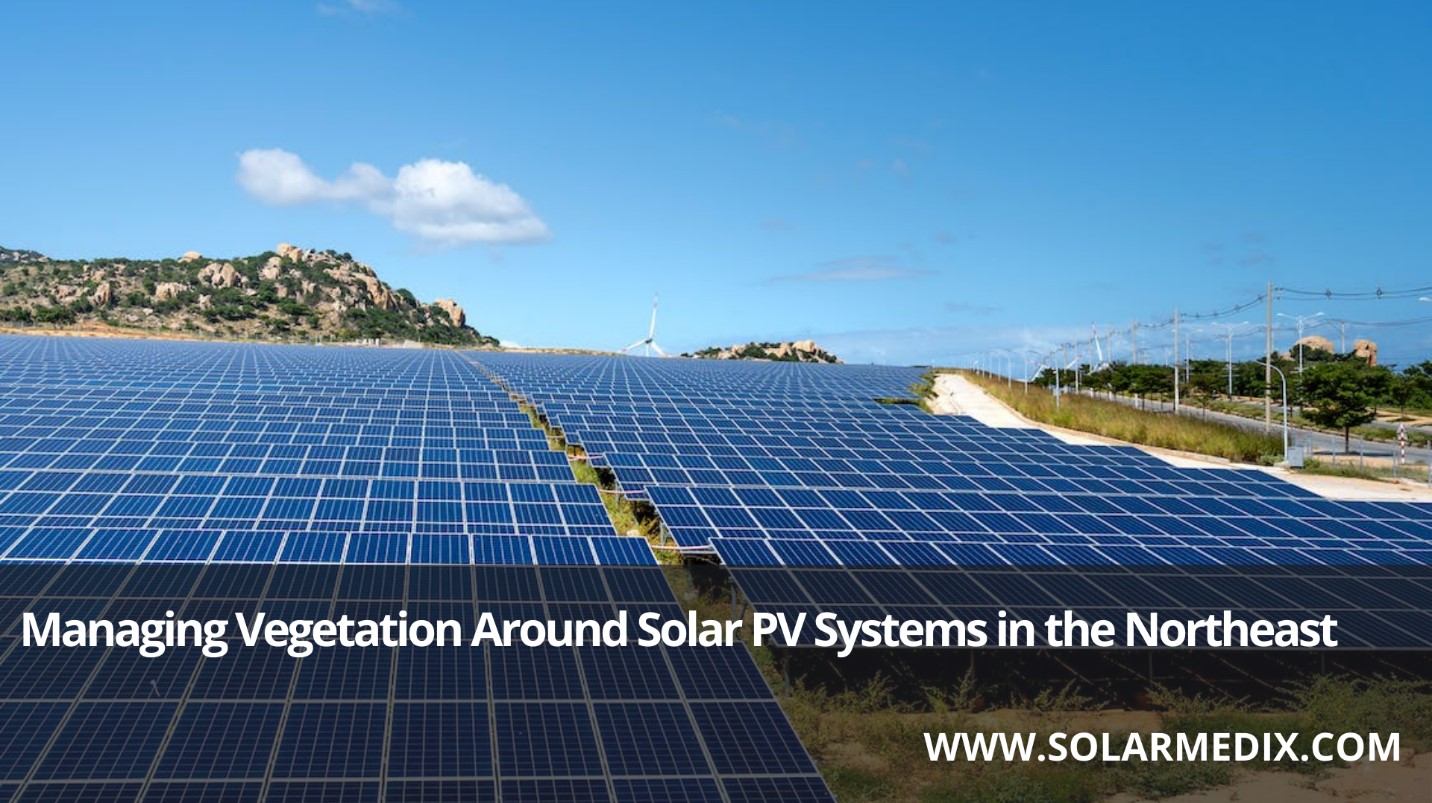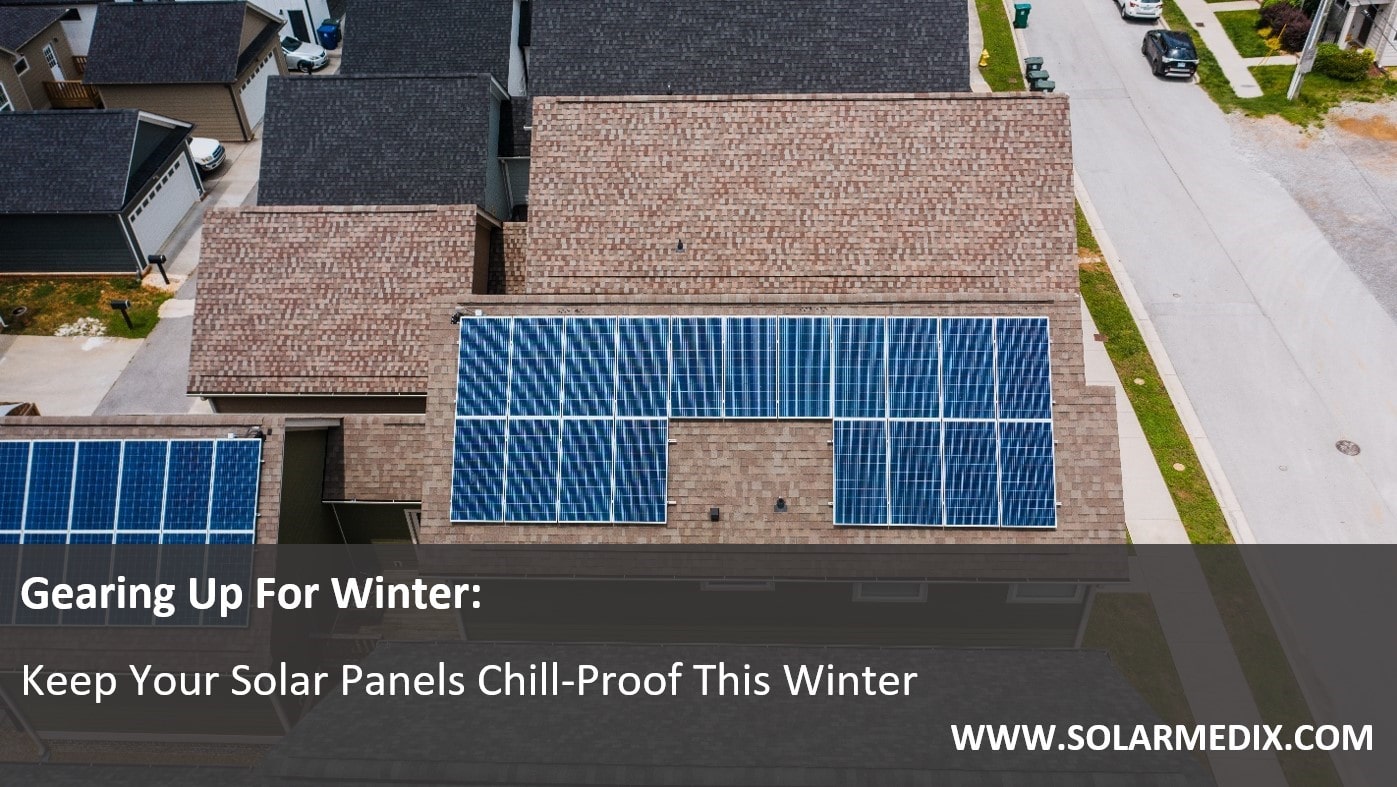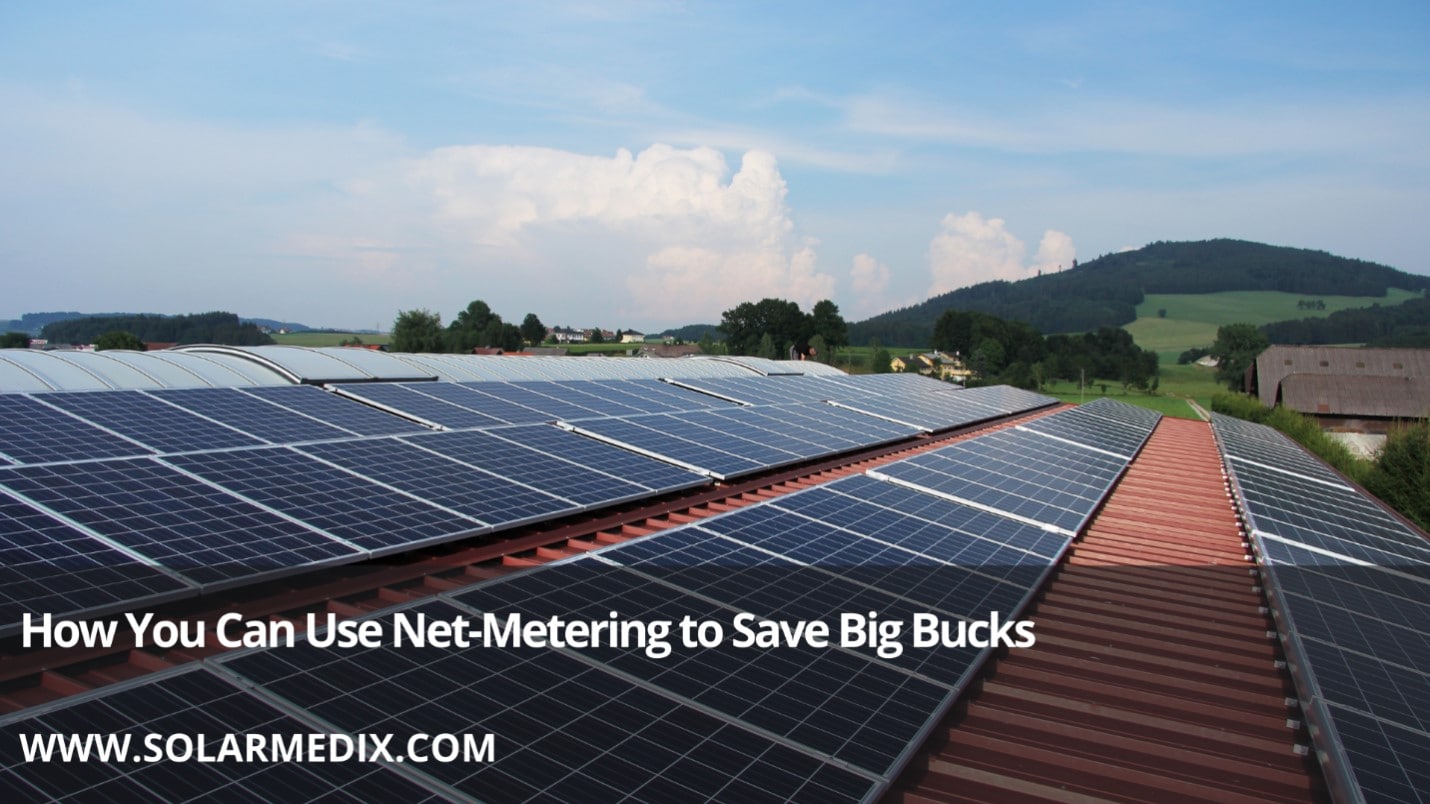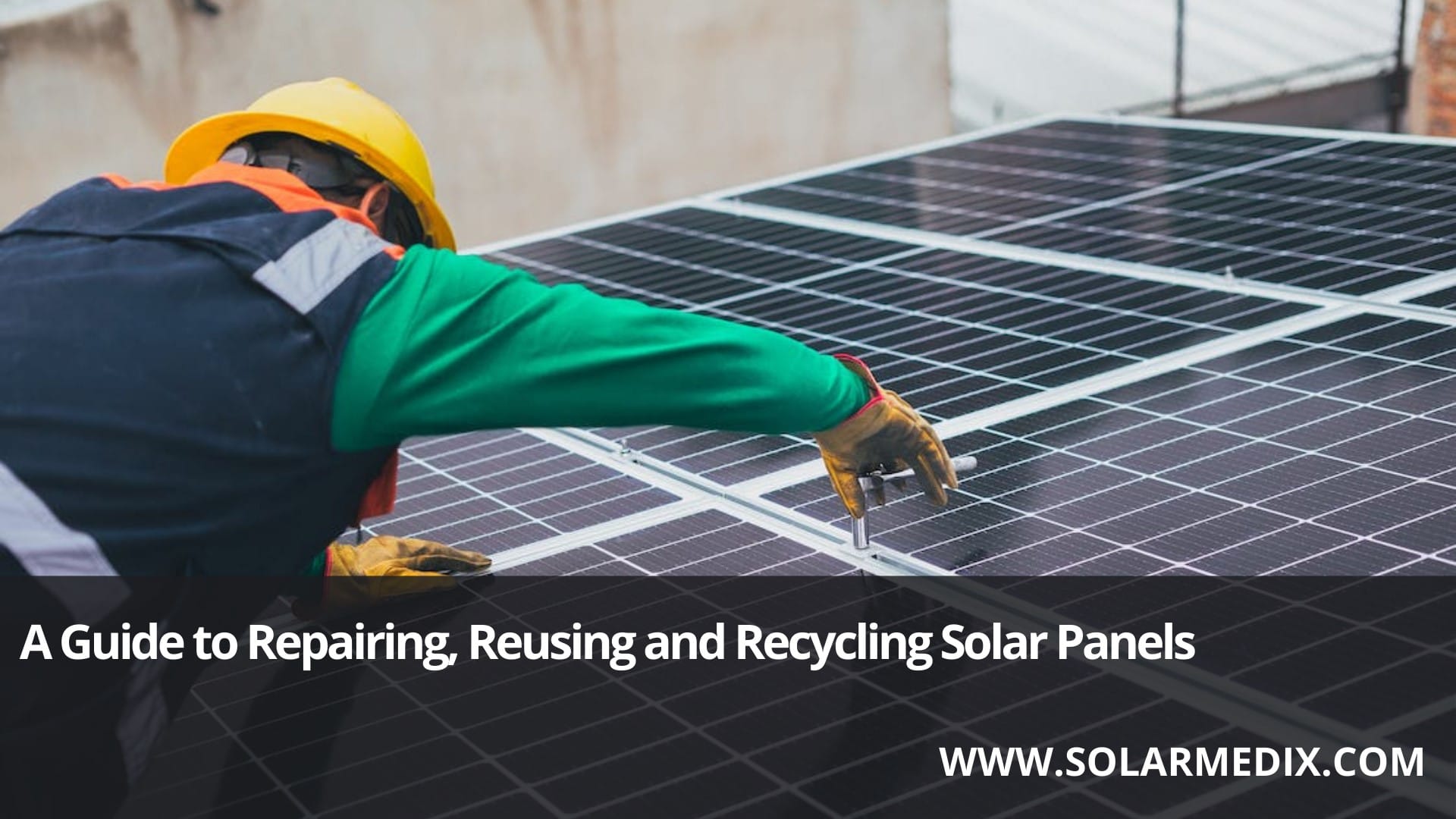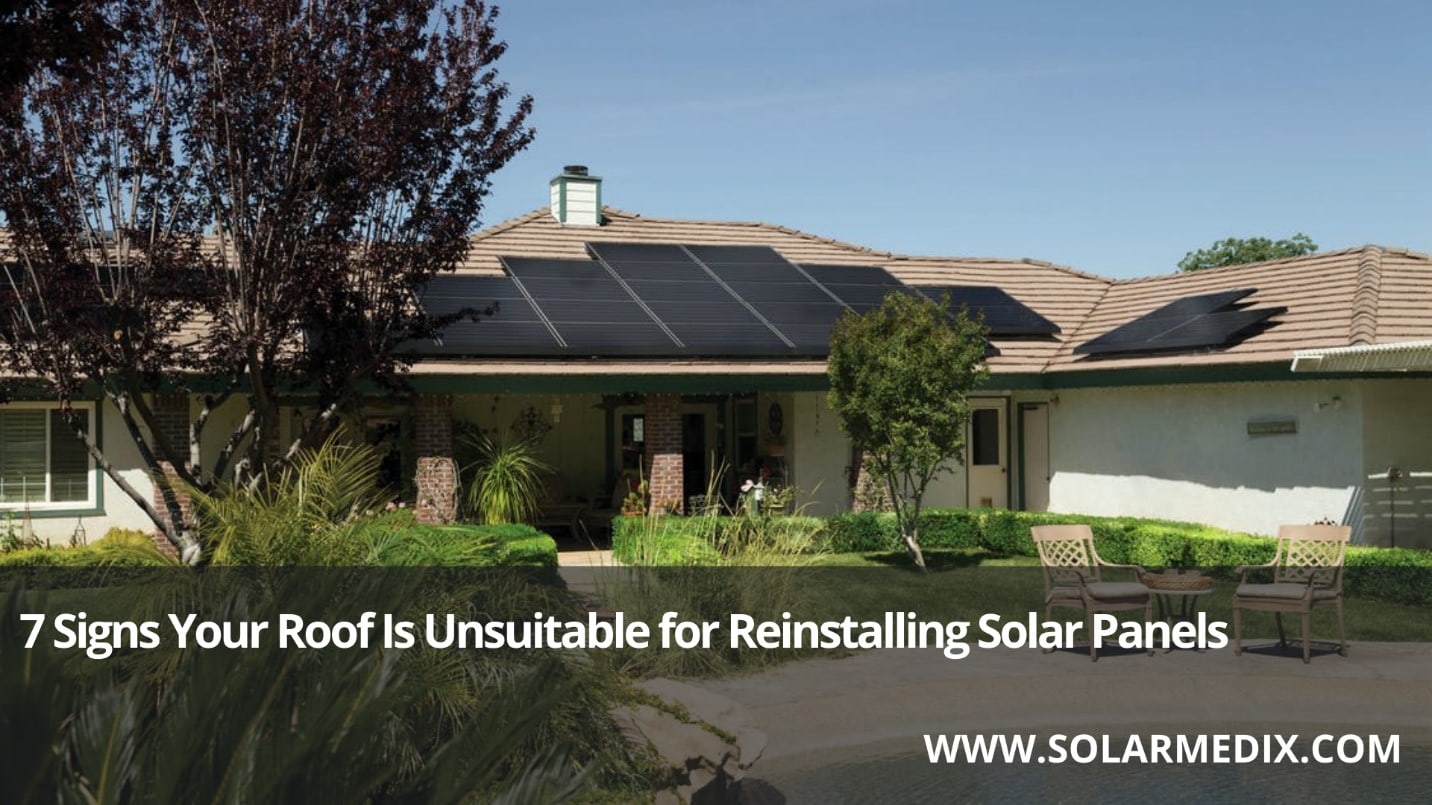Just like other electrical systems, solar panel systems are prone to wear and aging.
While high-quality roof solar panels can have an incredible lifespan, no technological developments have been able to grant these systems an infinite lifespan. Over time, the panels will degrade, their performance will depreciate, and some panels in the system may even die out, requiring you to get them repaired or replaced.
Fortunately for you, there are a few particular signs that indicate that your roof solar panels are wearing out. Solar panel companies suggest you use these indications to proactively schedule repairs or replacements for the panels and avoid any unforeseen system failures. So without further ado, below are the signs indicating a failing solar panel.
11 Signs Indicating That You Need to Replace Your Roof Solar Panels
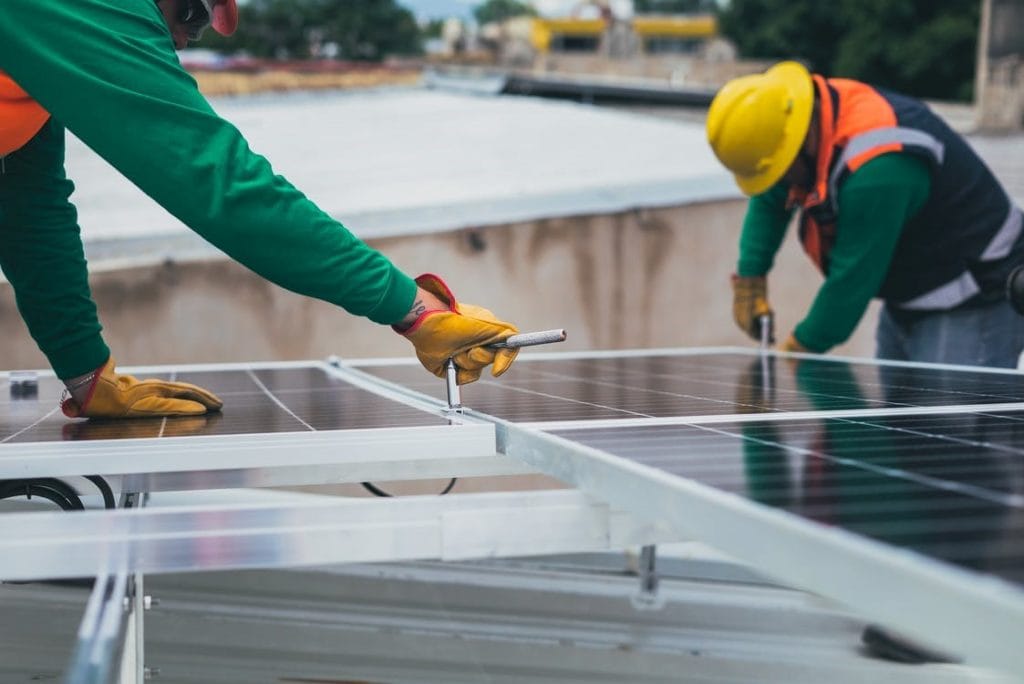
Performance and Output
Naturally, the best way to diagnose whether or not your solar panels need replacement or not is to check whether or not their actual peak output is on par with their rated output. The easiest and most effective way to do this is to measure the system’s output and compare it with the system’s official power rating.
Solar panels are usually tested and rated under industry-defined conditions. While it is not possible for you to match those conditions, solar panel companies suggest conducting the performance test on a sunny day with the outdoor temperature being around 25 degrees for best results.
If the output voltage and current of your solar panel system come out to be below 80% of the rated values, take it as a red flag that your panels are wearing out and will soon need a replacement. Of course, it’s better to get the system checked by a professional before making a final decision.
As solar maintenance companies have specially designed tools to accomplish testing such as I-V Curve tracers and MEG testers. This equipment is expensive and mostly out of reach for the general home owner. To have a professional check it out for you, feel free to call us at 732-785-4814 or book a consultation online. And we’ll get in touch within 24 hours.
Micro Cracking of Solar Panels
Microcracks are miniature cracks that form on the solar cells within your roof solar panels. While these cracks are too small to be seen by the naked eye, their existence can be indicated by anomalous power drops. A professional will have the required tools to get a close-up view of the solar cells and confirm if microcracks are present or not. Therefore, if you observe unusual power drops, immediately reach out to your solar company.
The solar cells are brittle and have an extremely thin profile. While the EVA, glass pane, back sheet, and the frame shield the cells against most exterior threats, when the panels are made to bend due to strong winds or other factors, the mechanical stresses induced within the panels can lead to the cracking of the solar cells.
Since the solar cells actually convert the solar radiation to electrical energy, damaged cells lead to reduced energy output.
Cracked or Shattered Glass
As discussed above, the solar panel glass is the first line of defense for solar cells against harsh weather conditions such as hail, rain, and dust. The glass protects the internal components of the panel while allowing sunlight to pass through to the solar cells.
The cracked or shattered glass will not only compromise the protection of the internal components, but the cracks will also dissipate much of the solar radiation preventing it from reaching the solar cells. Overall, this will lead to lower energy output and even pose the risk of the panel completely dying out in case the internal components get damaged.
Dented Panel Frame
Each part that makes up the body of a solar panel serves as a shield for what’s inside, and the panel frame is no exception. The frame protects the internal components from external threats the same way the panel glass does. Over time, the frame will sustain damages from factors such as tree branches during strong winds, stray objects such as golf balls, hail, etc. This can dent the frame and weaken the material, making it incapable of protecting the internals of the panel any longer.
An Abrupt Loss of Power – Poor Solar Cell Connection
In order to design an array of solar cells to be placed within the solar panels, the solar cells are connected in a series and are soldered into interconnection wires. If the cells aren’t adequately soldered into the circuit, the heat generated by the current when the panels are in operation can disrupt the connection over time.
Since the cells have been connected in series, a lost connection of even a single cell will lead to the entire series of cells becoming open-circuit, meaning that no more current can flow through them. Generally, this can lead to the loss of one-third of the solar cells meaning that your energy output abruptly falls to two-thirds of its normal value or even less.
Snail Trails Under the Solar Panel Glass
Snail trails are described as partial discoloration or thin brownish lines underneath the panel glass. When solar cells beneath the glass fracture, they can keep generating current along the fractured lines resulting in localized heat buildup deteriorating the EVA and the cell surface.
If moisture seeps into the panel through the back sheet, it can diffuse to the cell surface and create a medium for the silver in the contact wires to transit to the EVA, forming brownish lines known as snail trails. However, snail trails do not necessarily impact the solar panel system’s performance and may just be an unsightly addition to your system’s appearance.
Therefore, if you observe snail trails on your system, reach out to a professional to determine whether or not your performance is being affected and the appropriate solution for the problem.
Cracked Back Sheet
Throughout their life, solar panels are exposed to a variety of temperatures and weather conditions. From cold, dry season to the hot, rainy weather, this intense change of outdoor conditions can damage the components of a solar panel, including its back sheet, which can crack under stress induced by varying conditions.
A cracked back sheet translates to poor waterproofing. This means that moisture now has an opening into the panels. Accumulation of moisture can damage solar cells and the circuit network, thereby depreciating the performance of your system. In case your panels have a cracked back sheet, get it replaced immediately, especially before the rainy season arrives.
Unexpected Shutdowns
Unforeseen shutdowns are a clear sign that your roof solar panels have developed a major fault and require either a replacement or repairs. There are several factors that could cause this issue, the most common one being damaged solar cells and their soldered connections. Solar cells are essentially the heart of solar panel systems.
These components are responsible for generating electricity; in case they incur damage or outlive their lifespan, the cells may lose their ability to convert solar energy into electrical energy leading to unpredicted power outages. Also, since cells are connected in series, the loss of even a single cell may disable an entire array of cells. Therefore, if you experience unexpected shutdowns, immediately reach out to a professional and get your system checked.
Hot Spots (Burnt Marks)
All electrical components have a certain amount of resistance, and solar cells are no exception. When solar cells generate electricity, and it flows through the electrical wiring, the internal resistance of the components converts some of the electrical energy to heat.
Any imperfection in the cells, such as mismatched connections, fractures, and inadequate soldering, will provide additional resistance. The greater the fault, the higher this extra resistance will be. The additional resistance leads to local regions of higher temperature called hot spots, which leave burn marks on the panel and degrade other components such as back sheets and solar cells. If not diagnosed and remediated actively, the problem could potentially lead to a fire.
Fluctuations in Power Output
Fluctuating power output could result from inadequately soldered connections between the solar cells. This entails that the connections frequently jump back and forth between proper alignment and misalignment positions. This leads to fluctuating power outputs, with the output declining as the connections become misaligned and going up when they fall back into alignment.
Uneven Coloration
Low-quality panels often have uneven coloration, and therefore it is not a sure sign of a failing panel. However, it very likely could be as discoloration can uncommonly occur due to solar cell damage. Therefore, if you observe any uneven color in your solar panels that weren’t there before, it would be wise to get your roof solar panels checked by a professional.
Frequently Asked Questions (FAQs)
Can Solar Panels Last 20 Years?
Solar panels are built to have a lifespan of over 25 years, and so yes, they will easily last 20 years.
Does Hail Damage Solar Panels?
Generally, the glass panes used in solar panels are designed to withstand harsh weather conditions such as hail and thunderstorms. However, in the rare case of an abnormally intense hailstorm, the panels may incur damage.
How Do I Know If My Solar Panels Are Going Bad?
There are many signs indicating this, such as hot spots and unexpected shutdowns. Many more are listed above!
What Happens When Solar Panels Get Old?
Usually, old solar panels are recycled for parts at a general-purpose glass recycling facility. The glass and metal frame of the panels are recycled while the irreparable internals are appropriately disposed of.
Do Solar Panels Need Servicing?
Since solar panels do not have any moving parts, they require very little maintenance. Solar panel companies suggest that weekly cleanups of the solar panel to clear off the accumulated dirt and debris is all the maintenance they require.
What Is the Average Life of a Solar Panel?
The average lifespan of solar panels is between 25 to 30 years. However, some lucky owners have even had their roof solar panels last for as long as 50 years.
How Many Solar Panels Do I Need for 5kw?
Assuming that you’re installing typical 250-watt panels, you will need 20 solar panels for a 5 kW system. However, the number of panels will vary as the capacity of the panel varies.
What Are Hot Spots On Solar Panels?
Hotspots are burn marks due to excessive heat in certain regions of a solar panel. More information is given above!
What Are The 2 Main Disadvantages to Solar Energy?
The two main disadvantages of solar energy are that it doesn’t work at night and that solar panels can be bulky, especially the high-efficiency silicon crystalline wafer modules.
What Happens to Solar Panels When You Need a New Roof?
Your solar panel system will have to be removed and reinstalled once your new roof has been installed.
Do Solar Panels Lose Efficiency Over Time?
Yes! Solar panels degrade over time, with an average degradation rate between 0.5% to 1% annually.
Do Solar Panels Ruin Your Roof?
Provided that a competent solar company does the installation, solar panels will not damage your roof.
Do solar panels void roof warranty?
Given that the solar panels are installed properly, solar panel installation will not void your roof warranty.
Can you walk on solar panels?
Solar panels can bear a load up to approximately 110lbs. If you’re lighter than 110lbs, then you can definitely walk on solar panels.
Do I need to turn off solar panels to clean?
Yes! Your system should be properly shutdown according to the procedure on your user manual before you clean your solar panels.
Wrapping it Up!
Solar panels have come a long way in terms of efficiency and durability. These systems will easily last you much longer than their payback period. This, paired with the benefit to the environment these systems offer and the phenomenal incentives for their installation, is what makes installing solar panel systems a no-brainer. However, be sure to avoid incompetent solar panel companies as everything from the system to its installation will be second-grade, meaning lower life and performance. The team at Solar Medix are ready to answer your questions and give you a no-obligation price quote. Feel free to call us at 732-785-4814 or book a consultation online. And we’ll get in touch within 24

